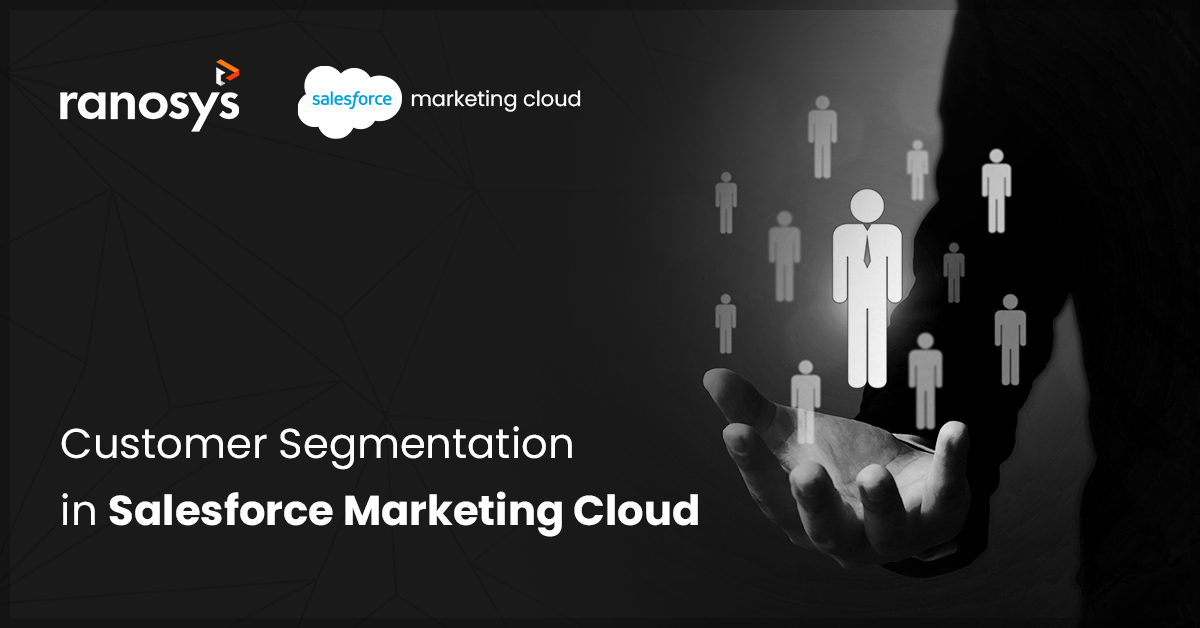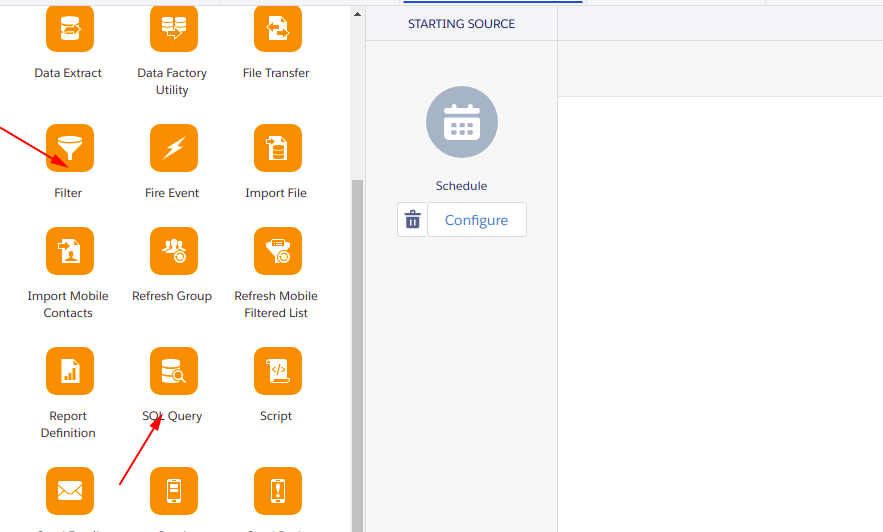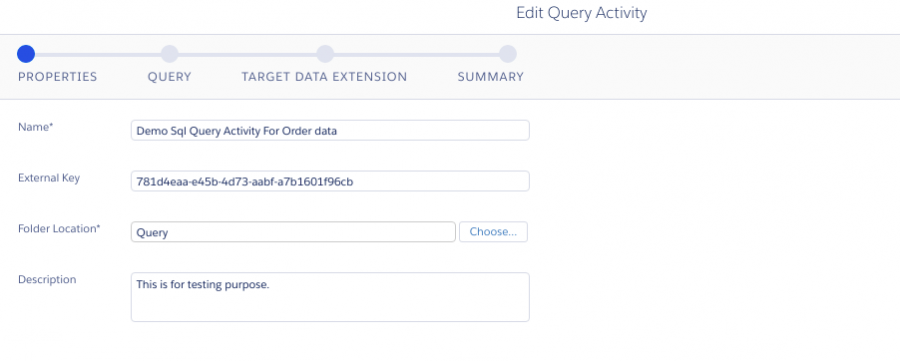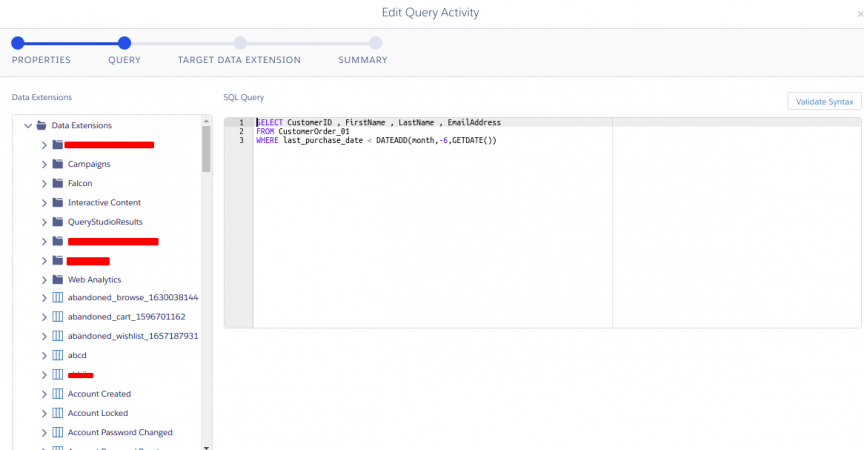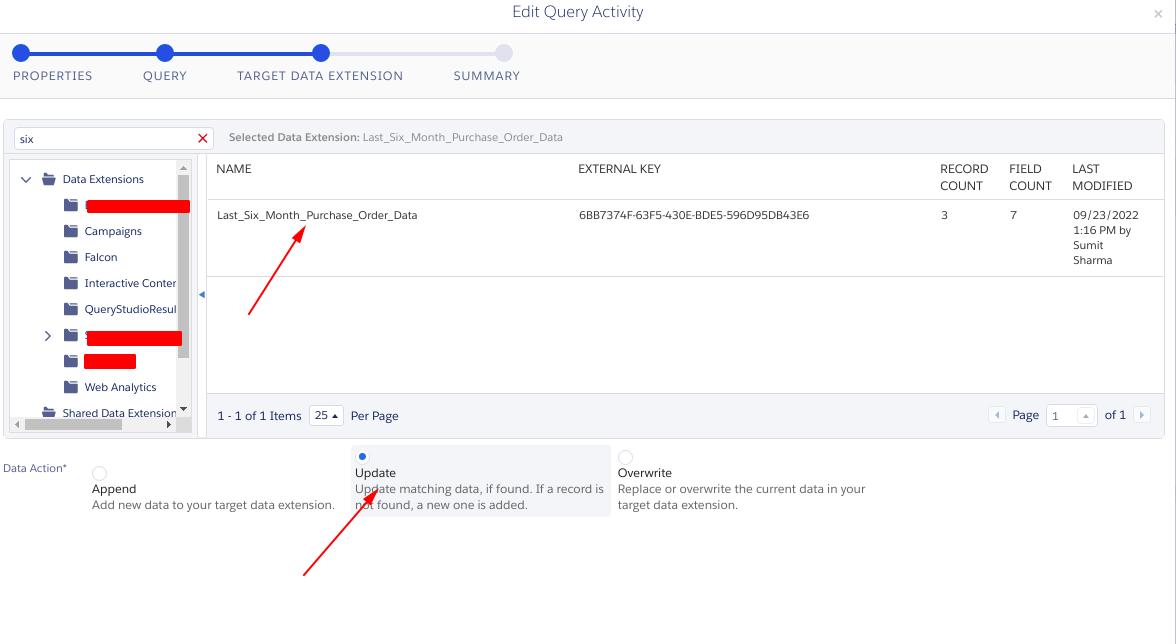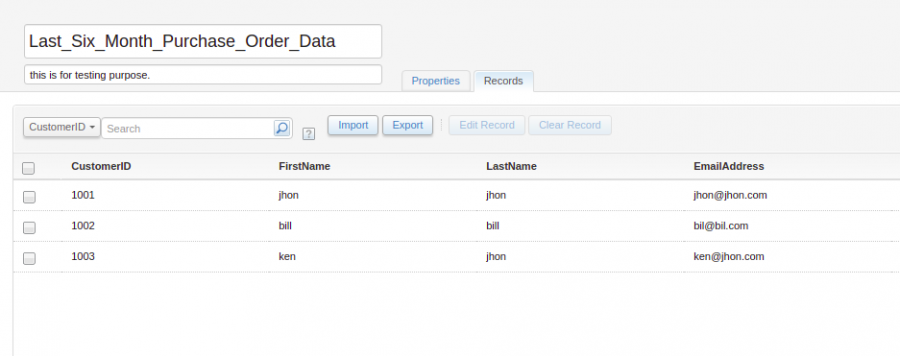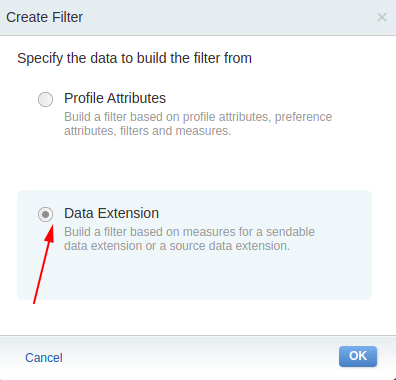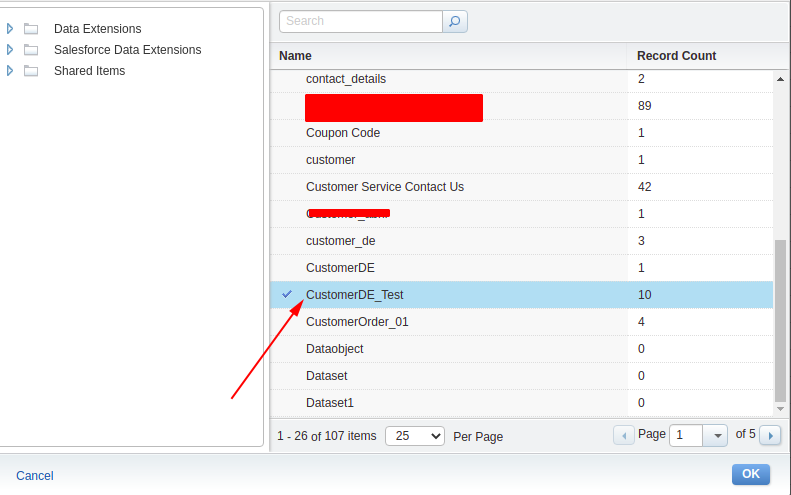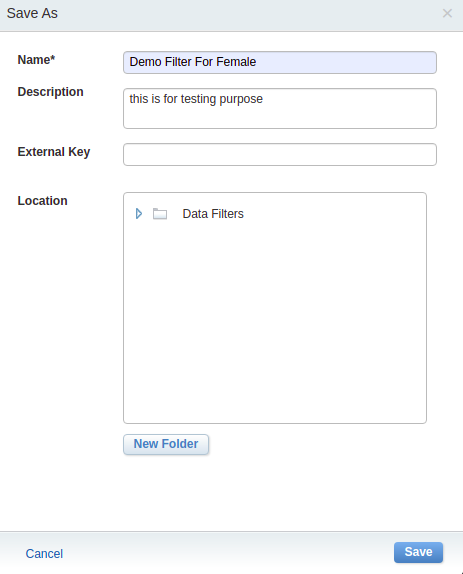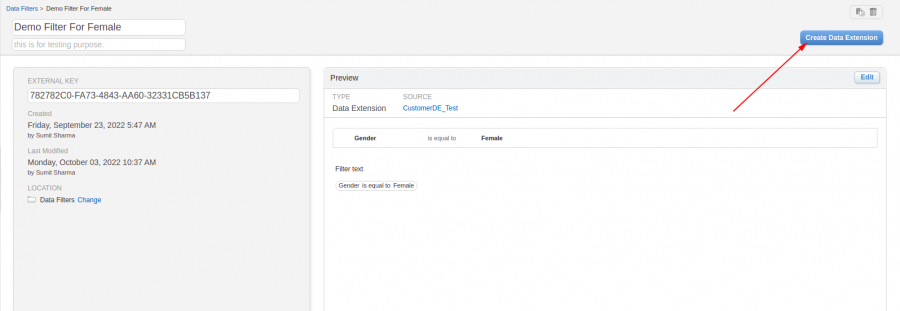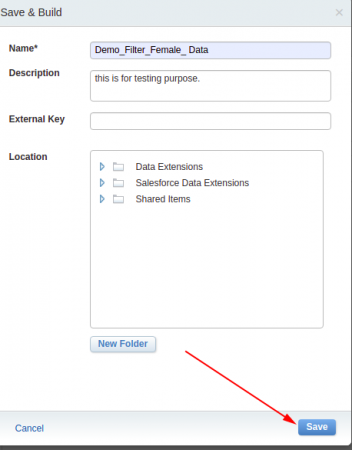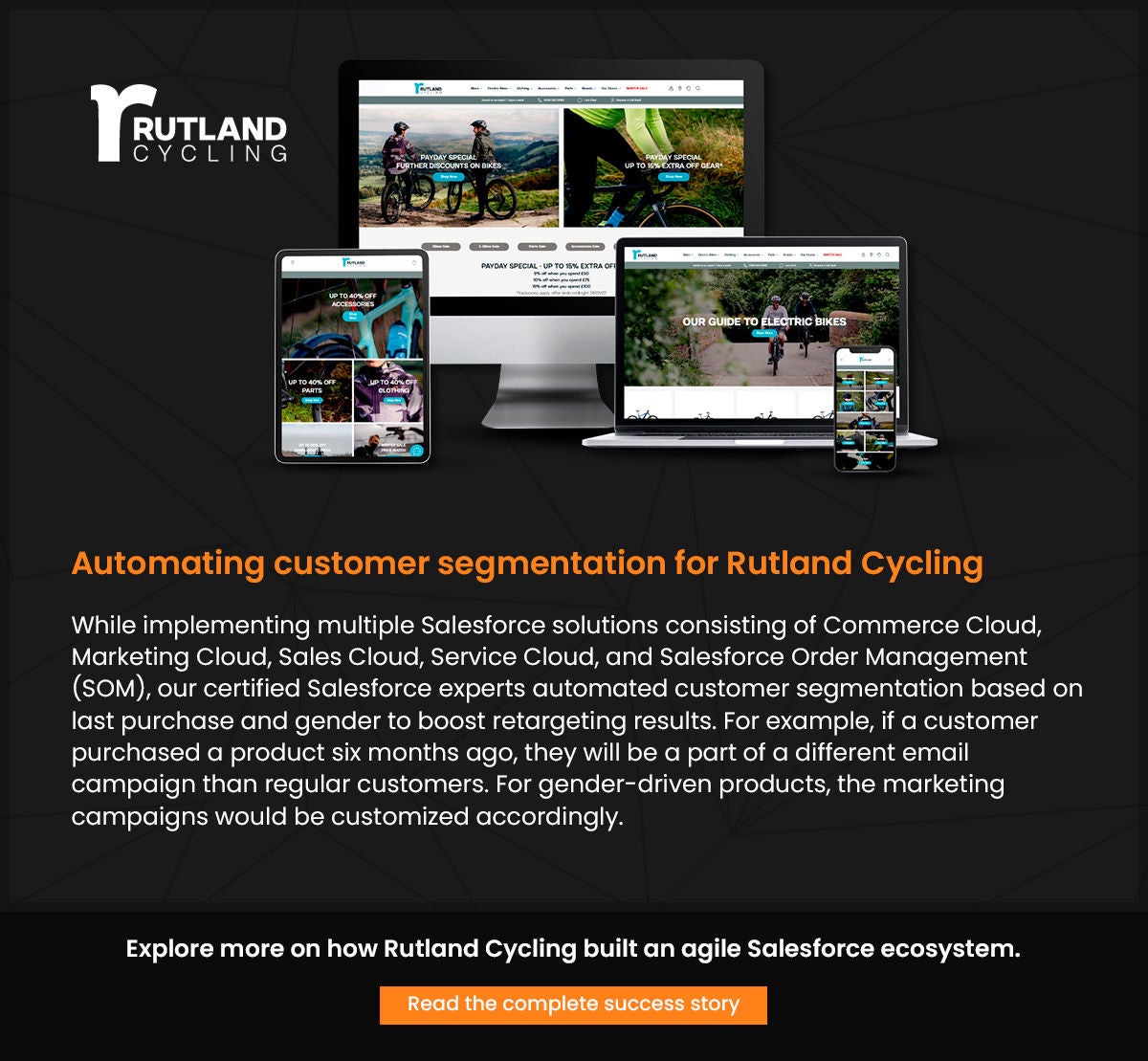Depending on your eCommerce brand’s needs, your customer segmentation chart would look different. However, the entire goal of customer segmentation is to leverage data to better marketing strategies and improve ROIs.
Why is customer segmentation important in eCommerce?
Segmentation allows effective allocation of marketing resources and accelerates cross and up-selling opportunities. With consumer segmentation, you understand your shoppers’ pain points, assign them a group based on their characteristics, and ultimately develop a product that would meet their needs. Salesforce Marketing Cloud allows you to segment customer data into demographic, geographic, and behavioral categories. This allows for creating more targeted and personalized experiences through all your touchpoints, improving marketing and customer service and encouraging customers to buy often.
Let’s explore the benefits of customer segmentation:
#1. Increased revenue: Segmentation gives you more targeted results to provide correct content and services. It identifies customers and where they are most reachable, and they can always leverage it as a business grows. According to McKinsey, personalization can increase sales by around 10–15% through tailor-made marketing campaigns. In fact, 77% of ROI comes from segmented, targeted and triggered campaigns.
#2. Better engagement: Consumer segmentation helps develop a better connection between your brand and your customers. You can capture the level of engagement through click rates on email, social media following, website visits etc. depending on customer preferences. If a customer dislikes receiving marketing emails, you can reduce the number of emails. Ultimately, this increases brand value and drives better engagement.
#3. Customer behavior: Buying behavior is essential to understand customer expectations and retain them for a longer period. Segmenting customers based on their buying behavior help design relevant marketing strategies, predict market trends, innovate products per the insights, and improve customer service.
#4. Targeted campaigns: Through effective data segmentation techniques, organizations can send out targeted messages to appeal to each segment. It can be an advertisement targeted to one segment, a personalized email, an announcement of new products etc. You can reduce deleting of emails, abandoning carts, and generating revenue through targeted campaigns.
#5. Forecasting: Consumer segmentation helps you forecast future trends and customer preferences and get ahead of them. With data, you can improve your eCommerce marketing strategies to leverage the most returns today and in the future.
Integration of Salesforce CRM and Salesforce Marketing Cloud
An effective implementation of Salesforce customer segmentation helps explore higher growth opportunities, retain more customers, and enhance profits. Salesforce empowers you with :
- Customer 360 to record information such as views and attributes
- Automation to save time, money, and resources
- Audience builder giving deep insight into the customers attributes and behavior
If you have a Salesforce B2C Commerce Cloud store, you can employ the Marketing Cloud Connect (a connector) to seamlessly integrate Salesforce Commerce Cloud with Salesforce Marketing Cloud. When leveraging other eCommerce platforms, you can connect with certified integration experts. This way, you gain access to a single dashboard to view all your customers across multiple touchpoints and forge effective marketing strategies.
Automate Segmentation using Salesforce Marketing Cloud: The steps
The powerful Salesforce Marketing Cloud platform allows you to access rich data resources, build smarter audience segments, automate marketing activities, and get better insights on one platform. Once you have integrated your store with Salesforce Marketing Cloud, you can leverage the below steps to automate customer segmentation.
In Marketing Cloud, you segment data by two options :
Let’s discuss consumer segmentation by these two steps.
Segmenting customer data based on SQL queries
Structured Query Language (SQL) is one of the best ways to segment your customers from vast data. SQL queries are completely adaptable to your needs like targeting customers based on gender, purchase history, age etc. You can have various elements to target customers in SQL like FROM, WHERE, JOIN, SELECT, and so on.
Example of a real-time scenario for SQL: Marketers want to target and send emails to customers who last purchased in the last six months. Let’s use SQL activity to segment data based on the last purchase date in this case.
To create a SQL Query:
- SFCC users transfer the order data CSV on SFTP
- Marketers import the order data from SFTP into the SFMC using the file drop source option and import activity in Automation studio to capture customer data in SFMC.
- To create an SQL query, click on Journey Builder → Automation Studio → Create Activity, and select SQL query.
Step 1: After completing preliminary steps of creating SQL query you are ready to ‘drag and drop’ the starting source and activity. You can drag and drop filter and SQL activity.

